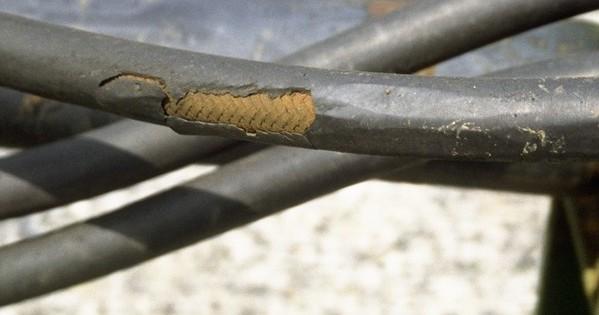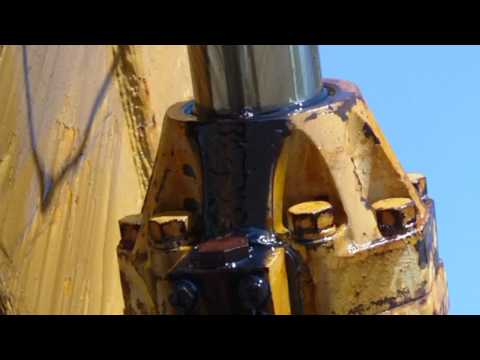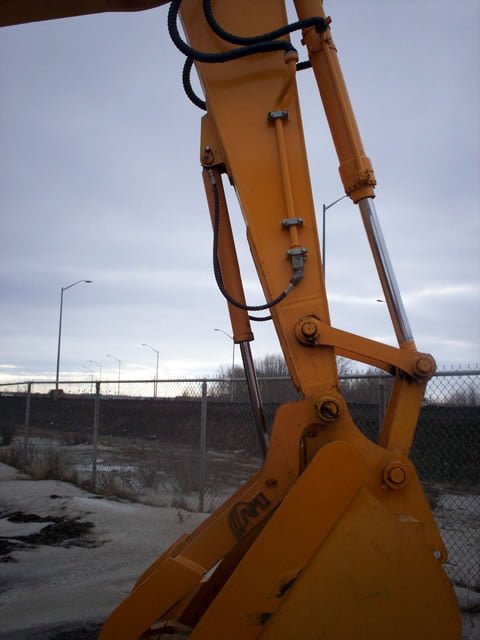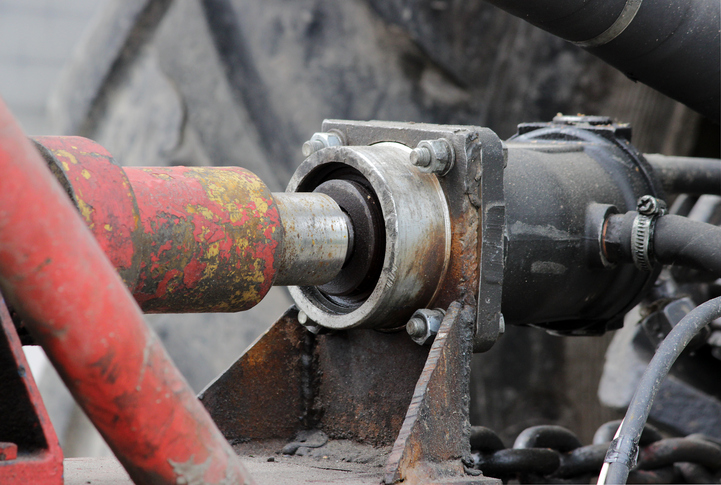Hydraulic equipment is usually built to very strict standards and often well over engineered to ensure its long and continual use. This is because hydraulic systems are usually found moving large or heavy equipment and used in extreme or severe operating conditions. These severe conditions can often cause premature failure of equipment for a variety of reasons. The nature of work performed by most hydraulic control systems often makes repairs and emergency maintenance very difficult to complete.
How do I inspect my hydraulic system?
Like any mechanical system, there is probably regular maintenance required on your hydraulic system that can help prevent premature failures. Whether it is piece of heavy earth moving equipment, or a small garden tractor, it is important to understand all the operating instructions and do routine inspections at the recommended intervals. These routine inspections can often help catch a problem early while it is still small and easy to correct, saving you from a catastrophic failure. Below are some recommendations as to what to look for when you are inspecting your hydraulic equipment.
- Before starting make sure equipment is in a safe, unloaded and depressurized state
- Check hoses for proper routing, twists, kinks and rub points
- Check hoses for bulges, cracks, abrasions, brittleness or discoloration
- Check reservoir for proper fluid level
- Check for fluid leaks, puddles, drips or greasy spots
- Check valves and pumps for leaking around connections and handles and smooth operation
- Check cylinders for scoring on the pistons and worn seals or leaking connections

It is possible for your equipment to still operate normally even with some of the problems above. A regular inspection will allow you to identify problems before your equipment breaks down.
How do I fix a hydraulic system?

Now that you’ve completed your routine inspection and found a few of the problems above, you have to decide how you are going to fix the problems. If you are faced with cracked or cut hoses, you should consider replacing them immediately. If you have a hydraulic leak due to shrunken or cracked seals, you can quickly and easily fix the leak by adding BlueDevil Hydraulic Stop Leak to the hydraulic fluid reservoir. BlueDevil Hydraulic Stop Leak mixes with your hydraulic fluid and repairs leaks while you use the equipment. You can even add BlueDevil Hydraulic Stop Leak to your hydraulic fluid as preventative maintenance.
BlueDevil Products can be found on Amazon.com or at AutoZone, Advance Auto Parts, O’Reilly Auto Parts, NAPA, and other major auto parts retailers.
Related Articles



